GAIA-X and D3TN have a lot of core values in common. We, too, think that digital sovereignty is a goal worth to uphold and that its enabling factors like free and open source software (FOSS), open standards and open data are important. For the same reasons, we participate in groups like the Internet Engineering Task Force (IETF) or the InterPlanetary Networking Special Interest Group (IPNSIG) and publish our software such as µD3TN as FOSS.
GAIA-X aims to enable a federated, competetive and secure European data infrastructure ecosystem to boost digital sovereignty and innovation. Instead of building a new hyperscaler, it tries to make the offers of the already existing (data) service providers of any size accessible via unified and open standards. Providers can advertise their computational resources and services (e.g. managed Kubernetes) with various circumstances (location, price, GDPR compliance, power usage efficiency, service level agreements, and so on) via standardized GAIA-X self-descriptions. The latter can be verified & signed by trusted 3rd parties and aggregated in federated catalogs. In the future, consumers should be able to use the self-descriptions with a life cycle manager to bring, e.g., their distributed applications across multiple providers to life.
If you want to learn more about GAIA-X in general, you might find the official FAQs or the detailed GAIA-X Technical Architecture useful.
Together with various partners including Cloud&Heat, Charité / deNBI, ecsec, IONOS, publicplan, Red Hat, Scheer Group and Trusted Cloud, we have built a demo called Deploy with GAIA-X. With this demo, we tested concepts like the self-descriptions and life cycle manager. In particular, we wanted to see how users could leverage the self-descriptions to easily deploy their custom services from source code to a suitable deployment site. As the relevant specifications were not finalized and therefore no GAIA-X-approved implementation existed, we used other existing software, such as Krake. The results, which were presented in a GAIA-X Technical Deep Dive session (watch the recording here), were quite promising. We got a basic workflow up and running and were able to explore current limitations.
Thinking further and beyond the demo, we don’t see GAIA-X’s field of application limited to ‘just’ Europe or the Earth. The number of space related projects is rapidly growing. Space agencies plan to build communication infrastructures on the Moon and it is really just a matter of time until we can deploy normal services on satellites or access and process their sensor data. Thus, and with our background and know-how, we try to point out and resolve potential issues of the specification drafts in order to pave the road of the digital future.
Back to Blog Posts

